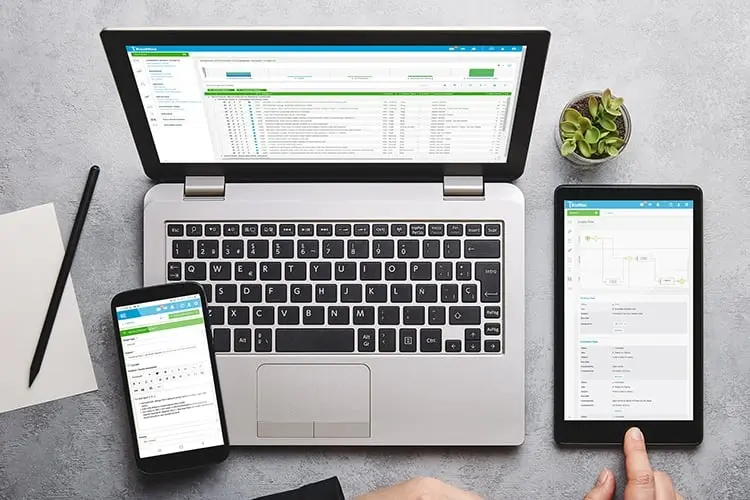SPREADING THE QUALITYOF SECTOR LOREM IPSUM
Lorem ipsum dolor sit amet, lorem veluta modemu sit meta lore quality management Dolor sit met, science lorem sector minus
QHSE software for mid-market to enterprise, strong in regulated industries like pharma, logistics, chemicals, food...
HSE Management software for Belgian construction SMEs and public sector
Webinar recording: Benefits of an integrated QHSE Management System
Discover the advantages where we'll explore how a unified approach can transform your operations.
%20(1).webp?width=2000&name=two-happy-businessman-working-laptop%20(3)%20(1).webp)
Customer highlight: TotalEnergies
See how TotalEnergies Singapore transformed quality operations with Bizzmine


Free Ebook
Explore how Quality integrated in a Safety solution can revolutionise QHSE management in any business environment.
Hiring: business consultant
Ready to become our new Business Consultant and drive the impact of our customer success?

